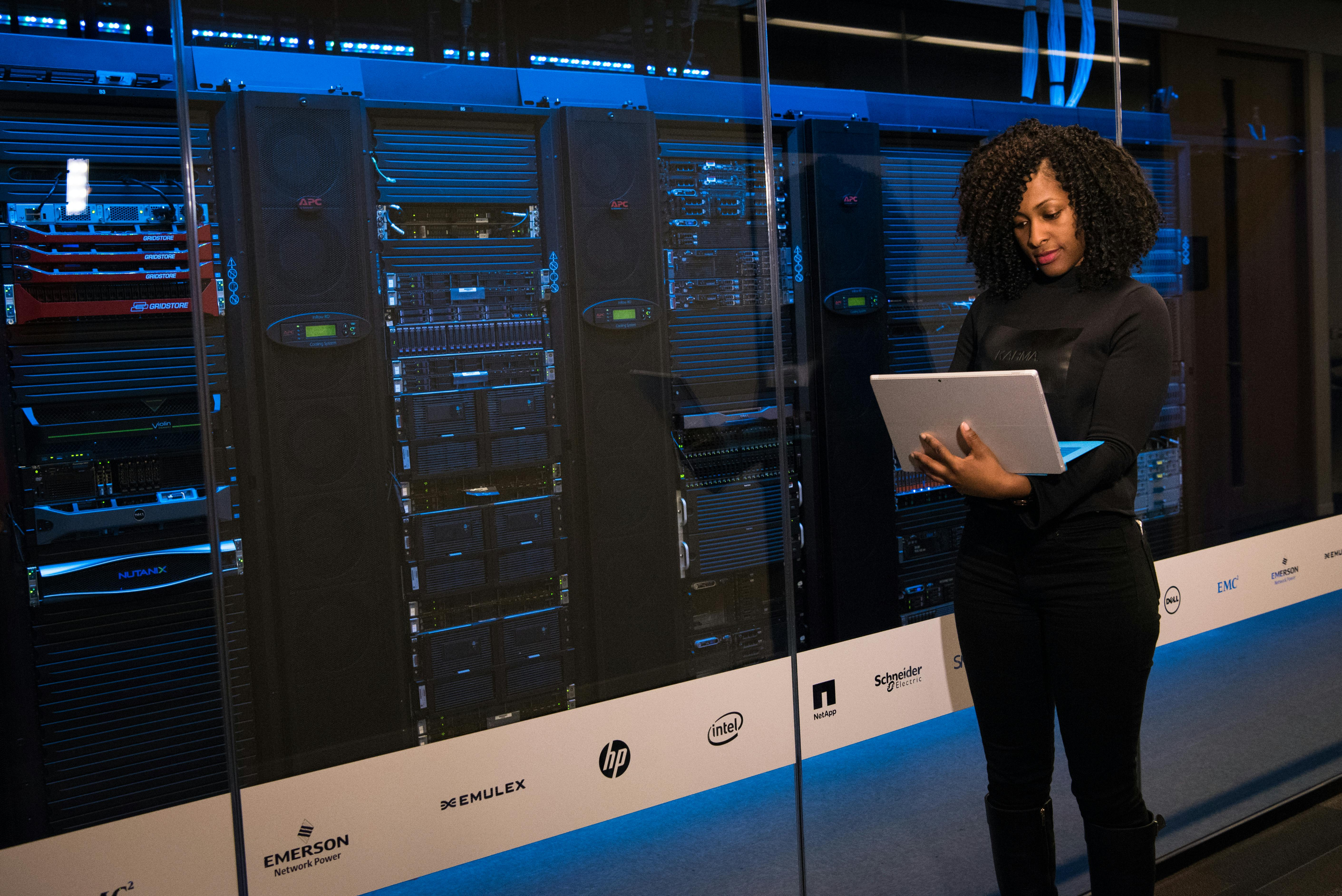
CEO
FarmGPU
Jonmichael Hands is the Chief Executive Officer for FarmGPU, a data center provider of sustainable GPU hosting and AI infrastructure, catering to the increasing global demand for cost-effective, high-performance compute and storage resources. Before this, he advised Chia Network in storage and sustainability. JM spent the prior ten years at Intel in the Non-Volatile Memory Solutions group working on product line management, strategic planning, and technical marketing for the Intel data center SSDs. In addition, he served as the chair for NVM Express (NVMe), SNIA (Storage Networking Industry Association) SSD special interest group, and Open Compute Project for open storage hardware innovation. JM started his storage career at Sun Microsystems designing storage arrays (JBODs) and holds an electrical engineering degree from the Colorado School of Mines.








